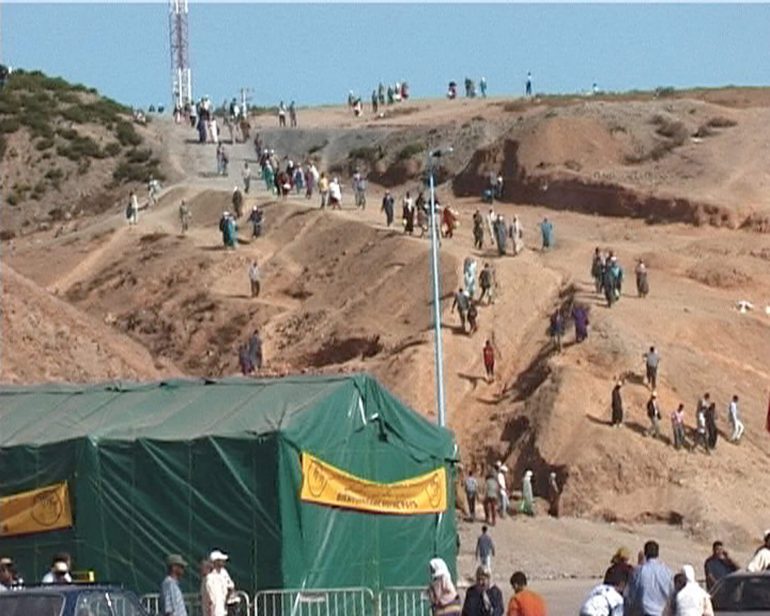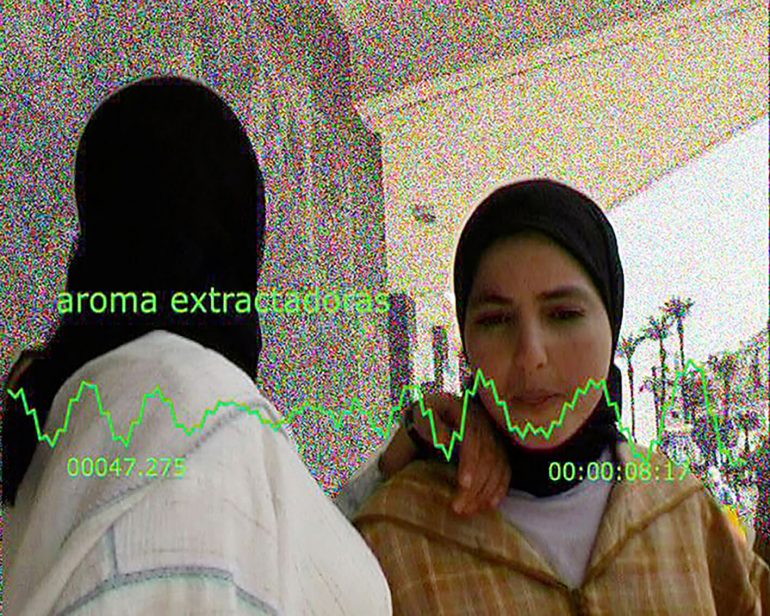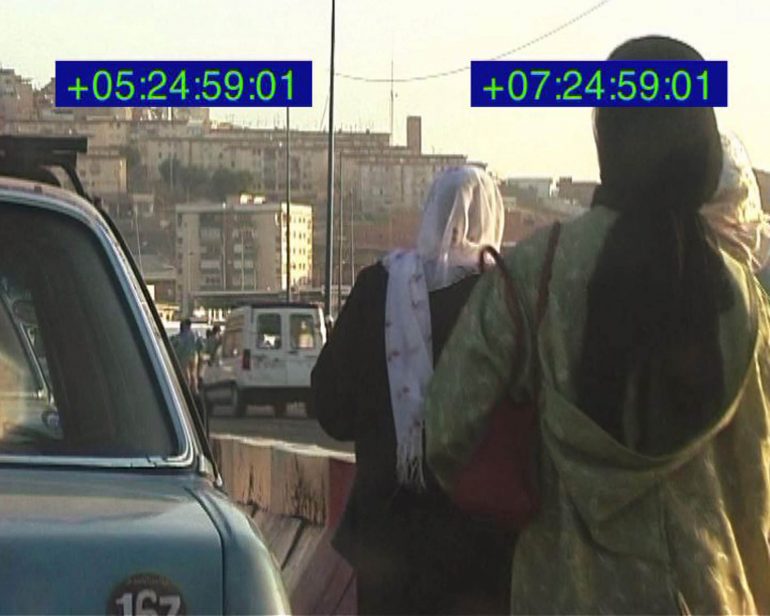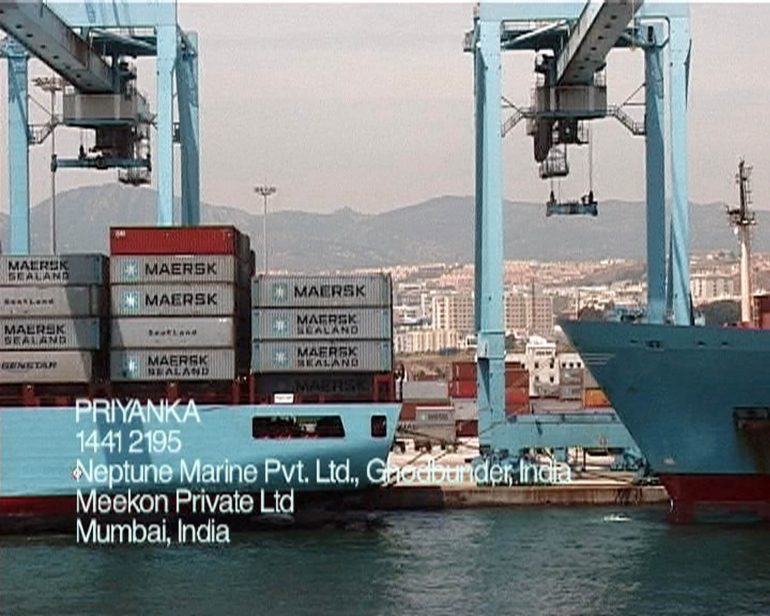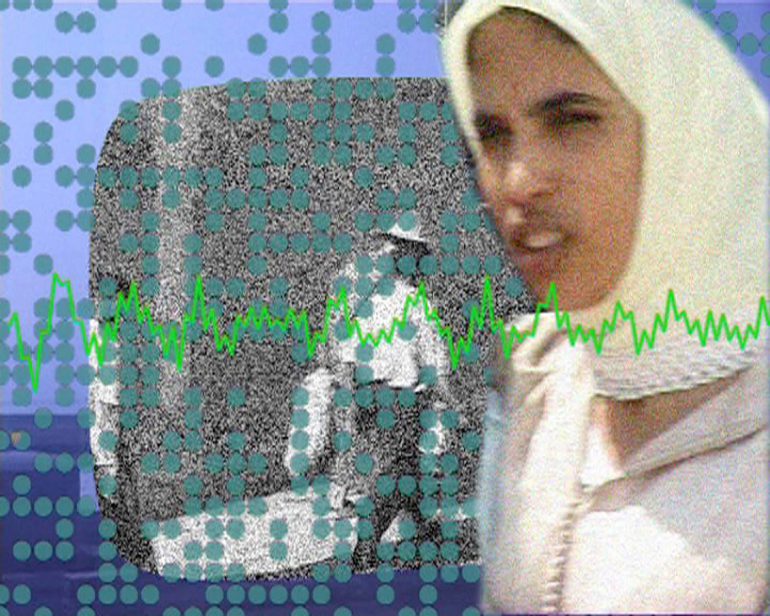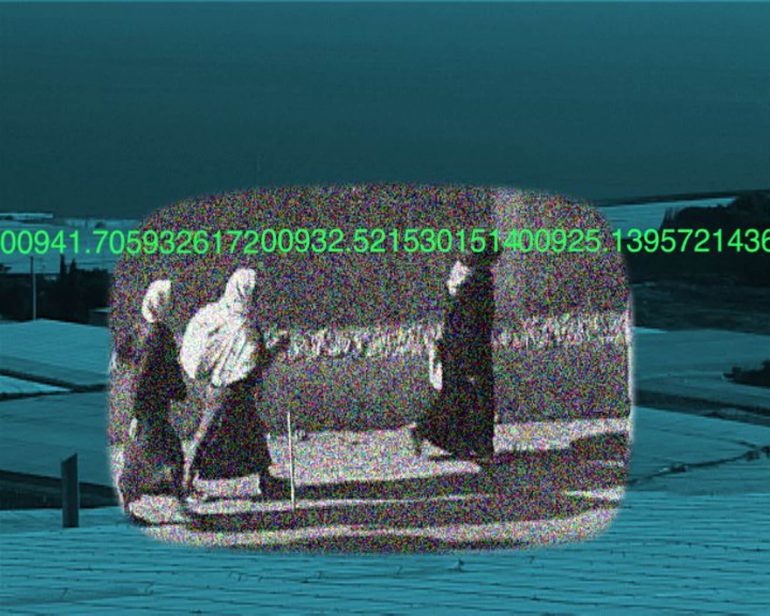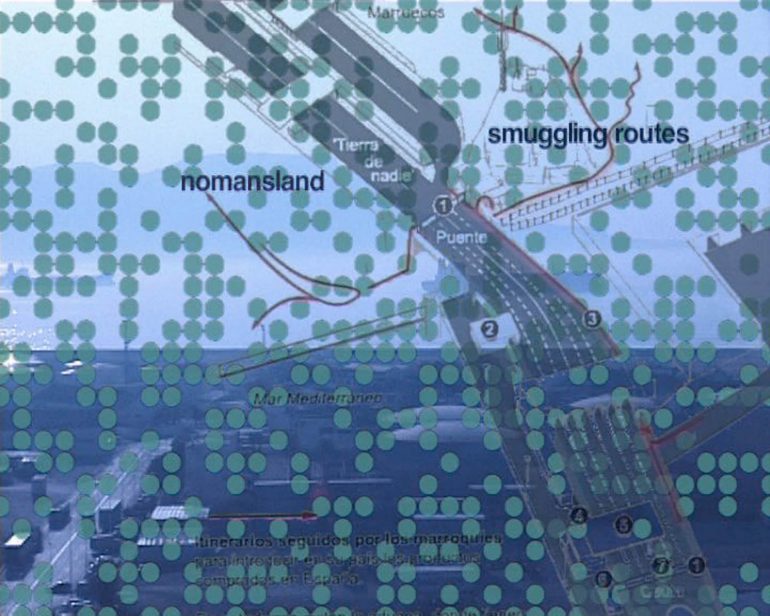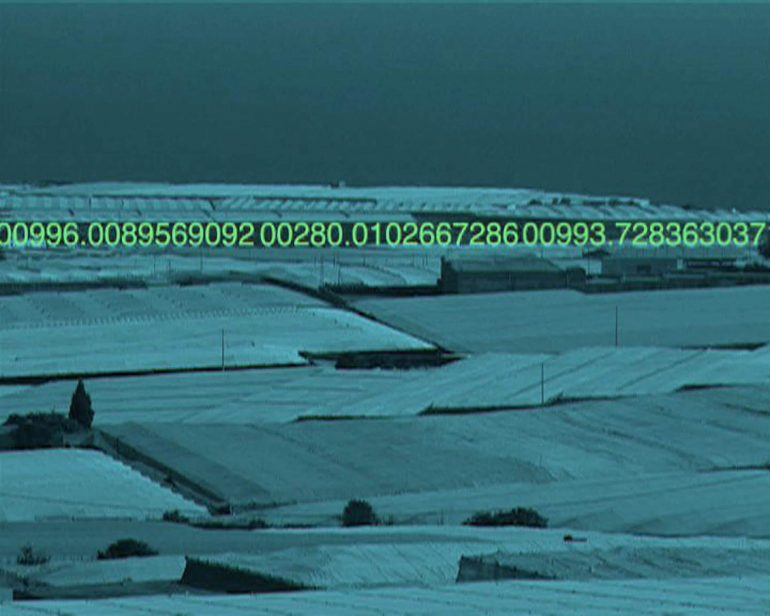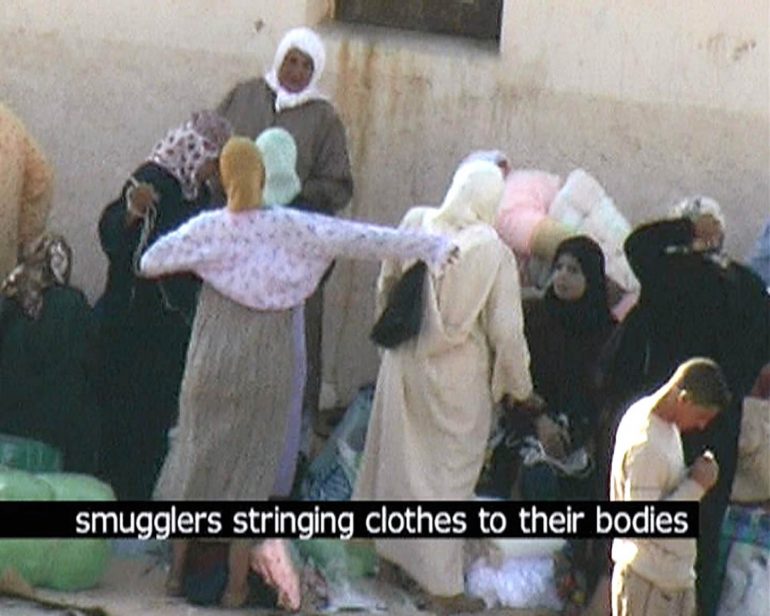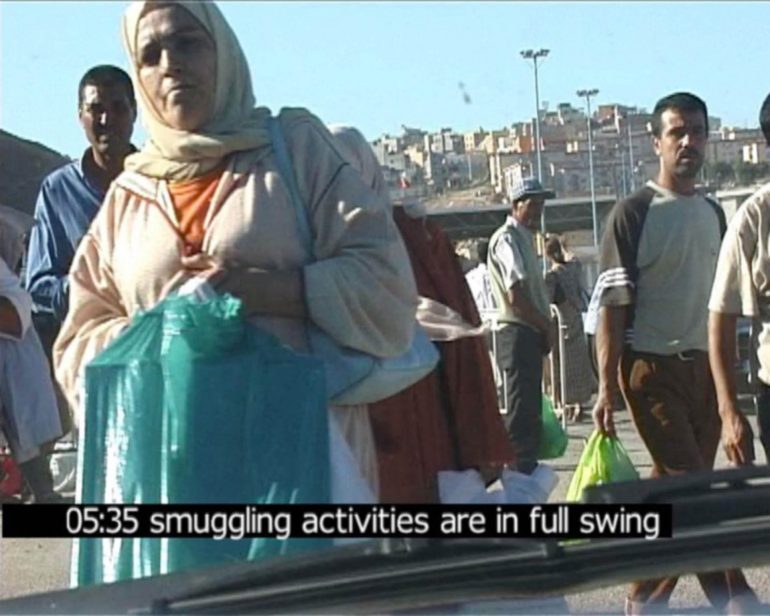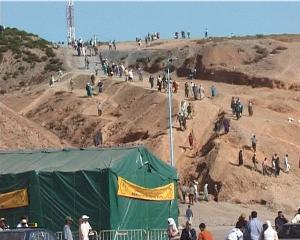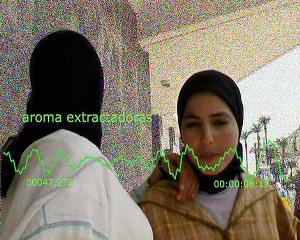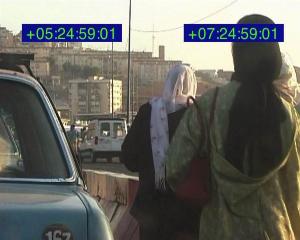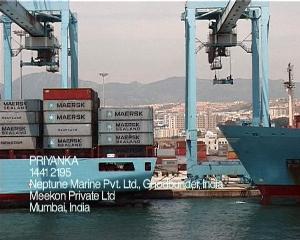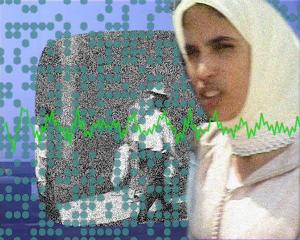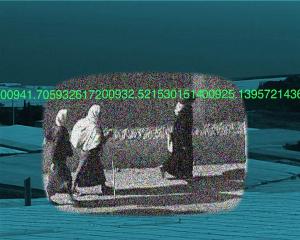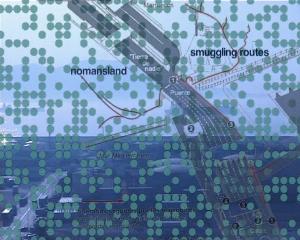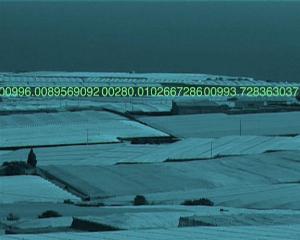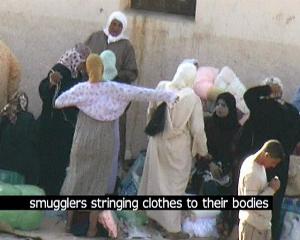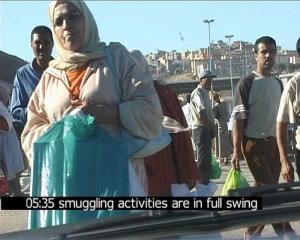europlex
video essay, 20’
Capsized boats and clandestine immigrants washing up on European shores: these are the dramatic images by which the European Southern border gets into the news again and again. The media seem to say that these images communicate the essence of the border in its most compressed and climactic form. But there is no defining image of drama that can narrate the endless story of inclusion and exclusion.
There can be no violent icon to which the event of crossing can be reduced —only the plurality of passages, their diverse embodiments, their motivations and articulations. Turning the focus away from the simple trespassing of a line towards exposing the transnational, diffuse, and semilegal economic transactions behind the multiple movements within the borderlands might bring us closer to understanding the site.
The video tracks distinct cross-border activities through the Spanish-Moroccan borderland and seeks to make these obscure paths visible. The area is given its cultural meaning only by being crossed: by the routes of container ships from West Africa on their way to the Mediterranean, the perilous nocturnal boat voyages undertaken by clandestine migrants, the helicopter patrols keeping watch, by the lines of the radar pictures, the itinerant plantation workers who pick vegetables for the EU market, the commuting housemaids, the “domesticas,” who go to work for the señoras in Andalusia, the seasonal movement of the Spanish teachers in the enclaves, the patrols of the border guards along the mountain paths, the bus trips of the Moroccan women who peel imported shrimps for Dutch companies in Tangier, the pirates who buy articles imported from China in Spain, and the women smugglers who tie them up under their skirts and carry them into the ”medina.”
